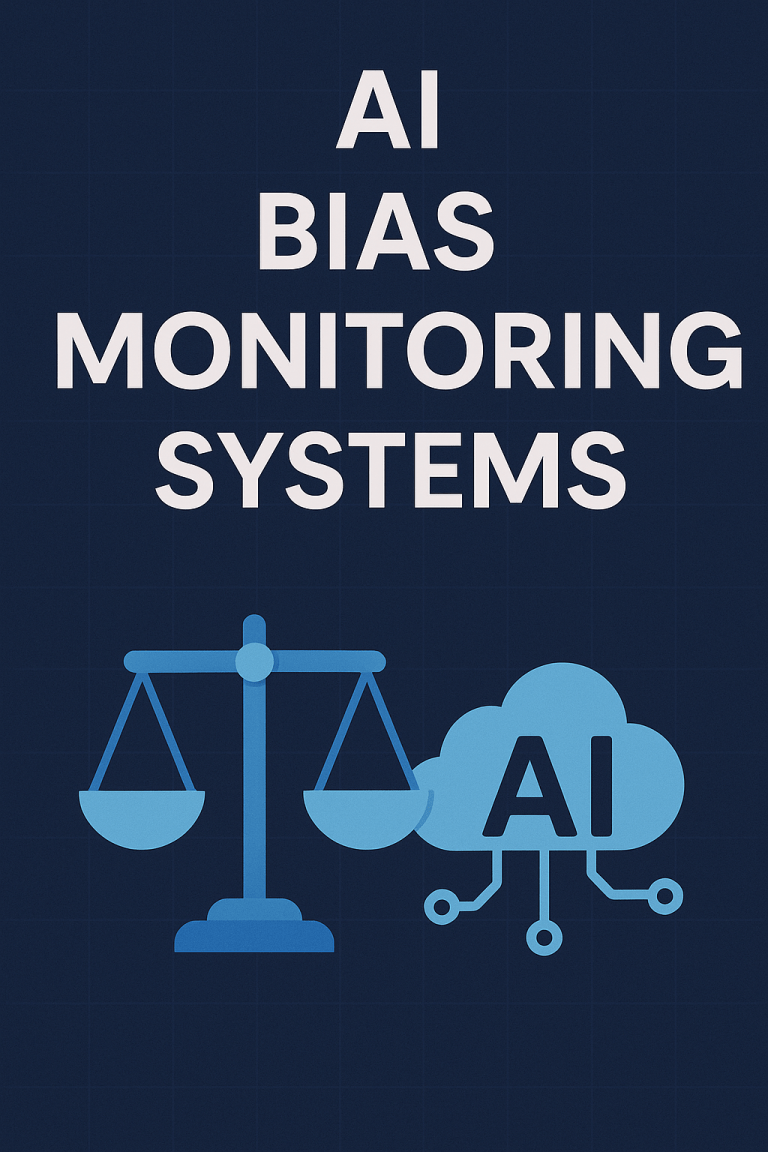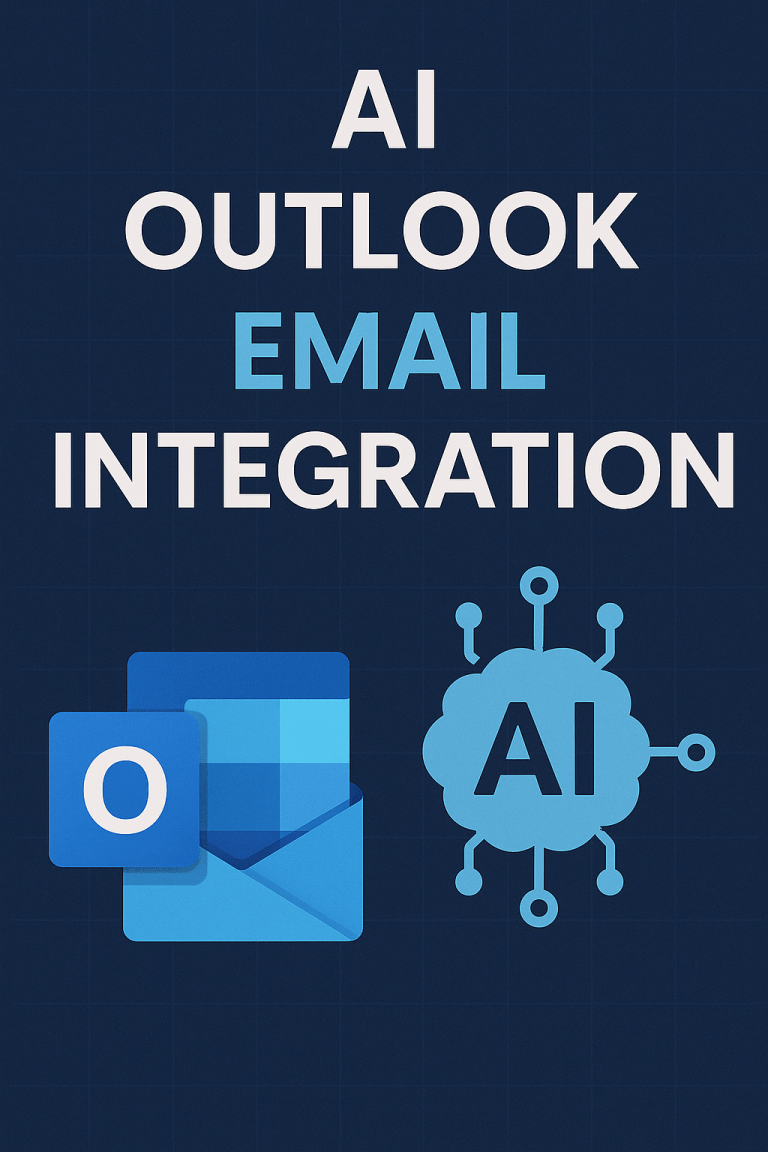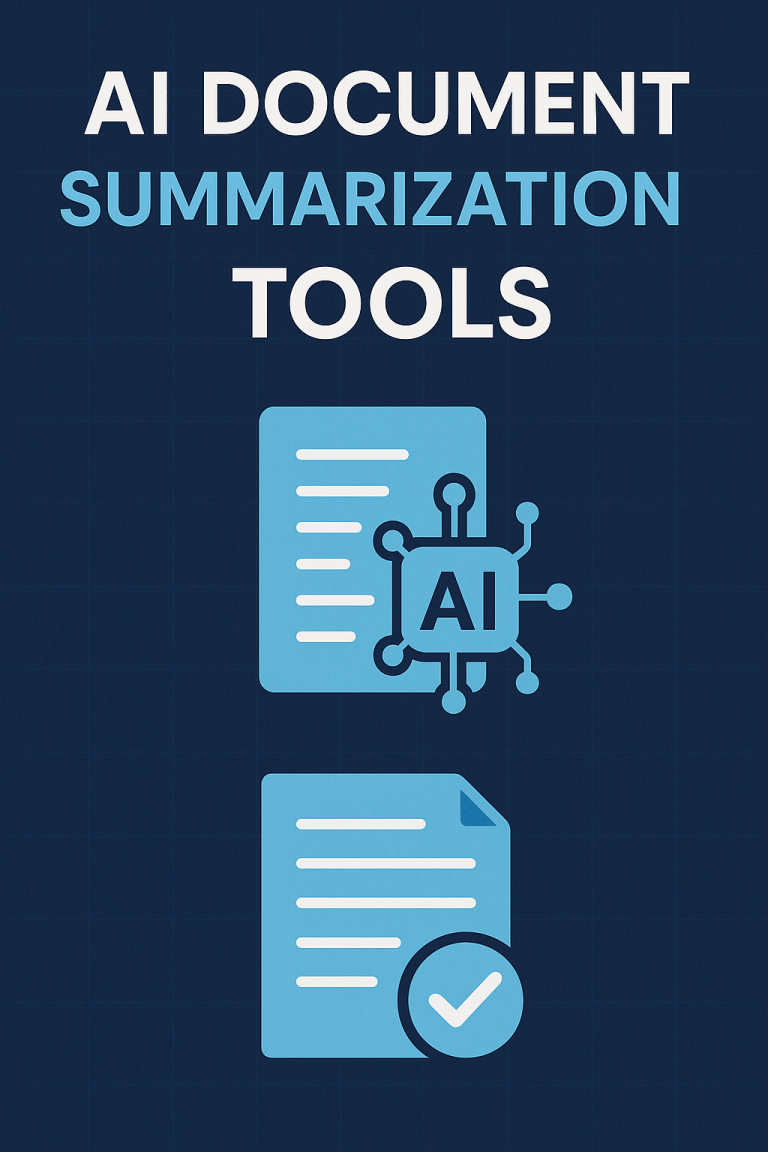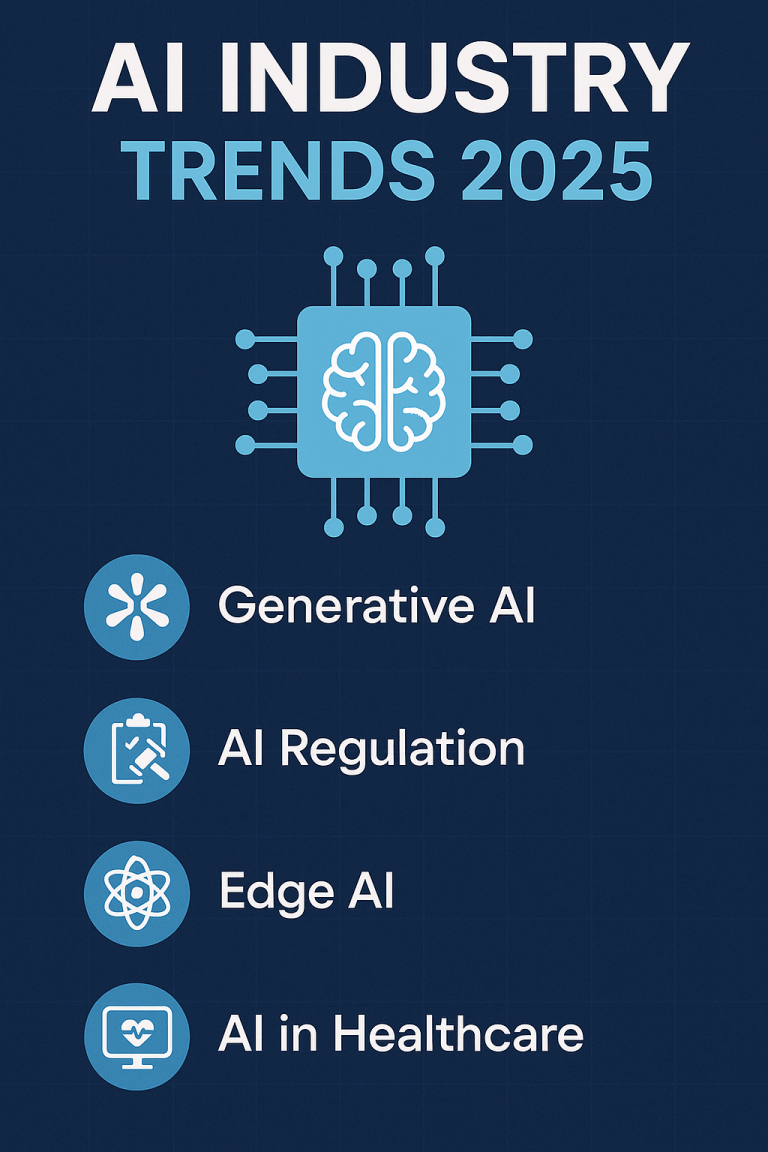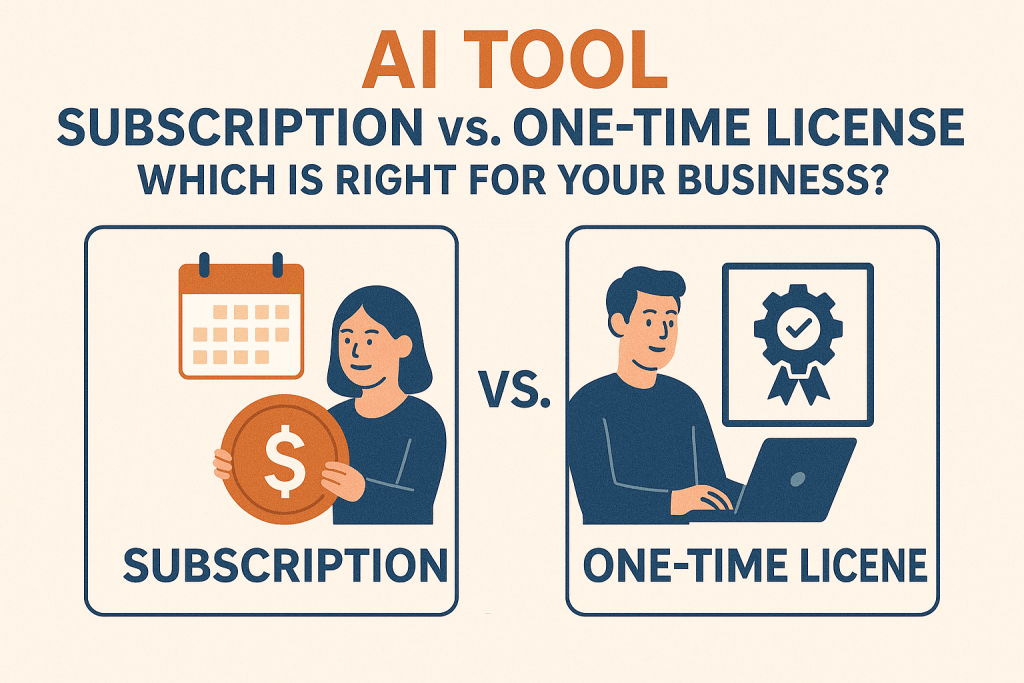
Want to know if you should pay monthly for AI tools or buy outright? Let me break it down in plain language so you can make the smart choice for your specific situation.
What’s the Big Difference?
The choice between subscription and one-time licenses impacts your cash flow, access to updates, and long-term costs.
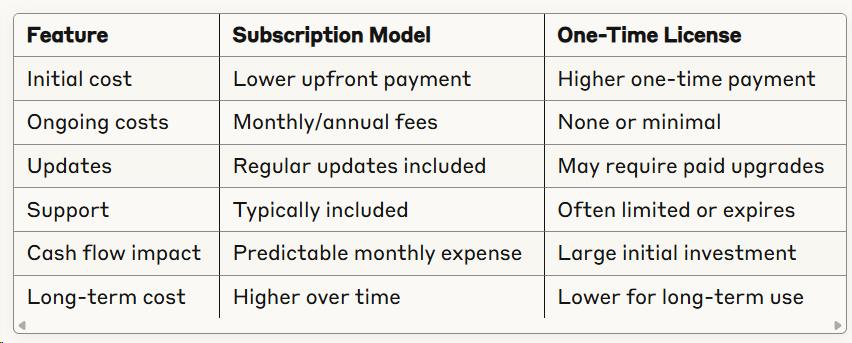
Subscription Model: Pay-As-You-Go
A subscription gives you access to an AI tool for a recurring fee, typically monthly or annually.
Benefits:
- Lower barrier to entry with minimal upfront costs
- Regular updates and new features automatically included
- Ongoing technical support
- Easy to switch if the tool doesn’t meet your needs
- Predictable budgeting with fixed recurring costs
Drawbacks:
- Costs more over time compared to one-time purchases
- Monthly payments continue even during periods of low usage
- Risk of price increases
- Loss of access if you stop paying
- Recurring costs can add up across multiple tools
One-Time License: Buy Once, Use Forever
A one-time license involves paying a larger upfront fee for permanent access to the AI tool.
Benefits:
- No recurring costs – pay once and own it
- Often more cost-effective for long-term use
- No risk of losing access due to missed payments
- Protection from future price increases
- Lower total cost of ownership for extended use
Drawbacks:
- Higher initial investment
- May require additional payment for major updates
- Limited or expiring technical support
- Risk of obsolescence without updates
- Harder to justify if your needs change quickly
What Should Drive Your Decision?
1. Cash Flow Realities
If you’re running a startup or small business with tight cash flow, subscriptions might be more manageable despite costing more long-term. Established businesses with available capital might benefit from one-time purchases.
2. How Often Will You Use It?
Ask yourself:
- Will you use this tool daily, weekly, or occasionally?
- Is it central to your workflow or supplementary?
- Do you need the latest features or just core functionality?
Daily use of tools central to your business might justify subscriptions for constant updates. Occasional use tools might be better as one-time purchases.
3. Length of Expected Use
Calculate the breakeven point:
- Divide the one-time license cost by the monthly subscription fee
- The result shows how many months it takes for subscription costs to exceed the one-time price
For example, if a one-time license costs $1,200 and the monthly subscription is $50: $1,200 ÷ $50 = 24 months
If you’ll use the tool for more than 24 months, the one-time license costs less overall.
4. Update Importance
Consider how important having the latest features is for your specific needs:
- AI tools evolve rapidly – how critical are cutting-edge capabilities?
- Will outdated features significantly impact your work quality?
- How fast is innovation happening in this specific tool’s category?
5. Risk Tolerance
One-time purchases carry risks:
- The company might go out of business
- The product might become obsolete
- Your needs might change
Subscriptions mitigate these risks but come with their own uncertainty around price increases and continued value delivery.
Decision Flowchart
Ask yourself these questions to find the right option:
- Is your cash flow tight or unpredictable?
- Yes → Consider subscription
- No → Move to question 2
- Will you use the tool for more than 18-24 months?
- No → Consider subscription
- Yes → Move to question 3
- Are constant updates and new features critical?
- Yes → Consider subscription
- No → Move to question 4
- Is your initial budget limited?
- Yes → Consider subscription
- No → One-time license might be better
- Do you prefer ownership over access?
- Yes → One-time license
- No → Subscription might work well
Red Flags to Watch For
When considering subscriptions:
- No annual discount option
- Difficult cancellation processes
- History of significant price increases
- Limited features in base tier requiring upsells
When considering one-time licenses:
- Unclear update policy
- Short support windows
- Poor track record of maintaining older versions
- High costs for major version upgrades
Bottom Line: Make Your Choice Based on Your Business Reality
For small businesses and startups: Subscriptions often make more sense due to lower initial costs and predictable monthly expenses that can be easily budgeted.
For established businesses: One-time licenses may deliver better long-term value, especially for tools with stable feature sets that don’t require constant updates.
For freelancers and solopreneurs: Consider your cash flow first, then how essential the tool is to your daily work. Subscription for core tools, one-time purchases for occasional use.
The smartest approach? Mix both models based on each tool’s importance to your workflow. Use subscriptions for rapidly evolving, mission-critical AI tools, and one-time licenses for stable, occasional-use software.
What AI tools are you considering right now? The right payment model depends entirely on your specific situation and how you plan to use the tool.
Unlock Your AI Edge — Free Content Creation Checklist
Get the exact AI-powered process to 10X your content output — blogs, emails, videos, and more — in half the time.
No fluff. No spam. Just real results with AI.

